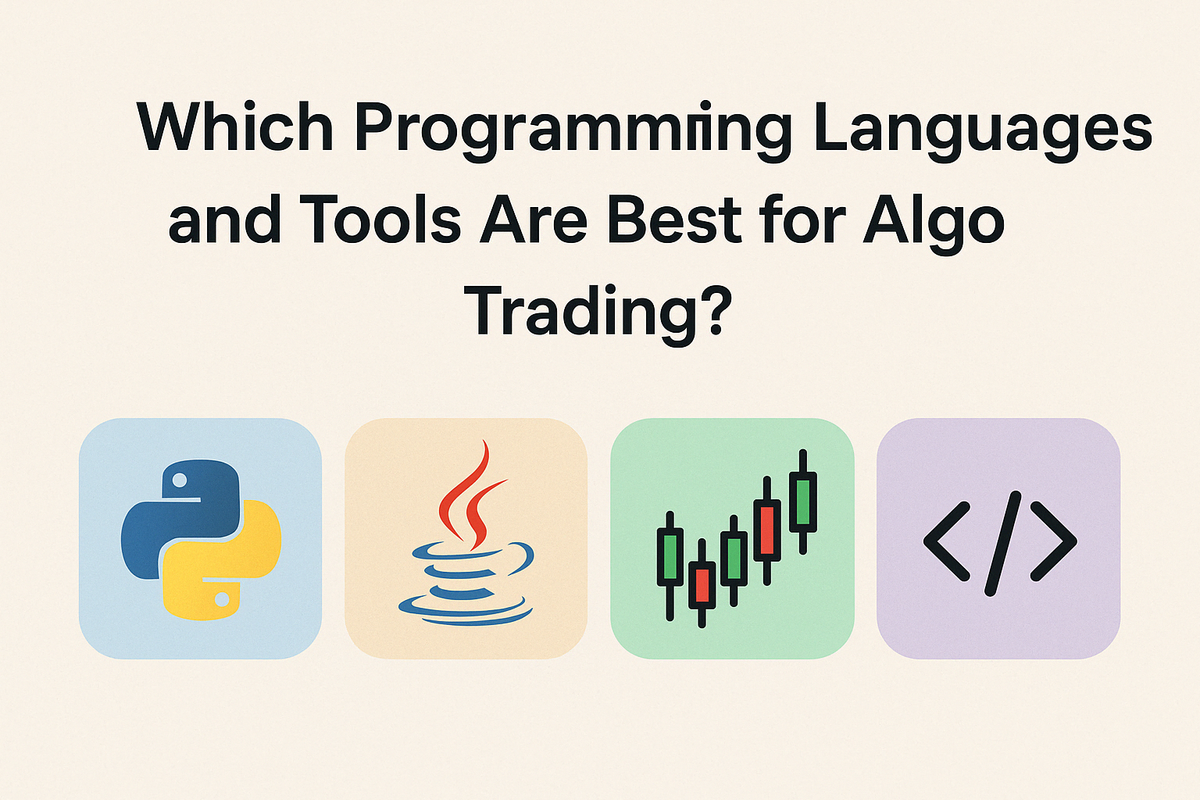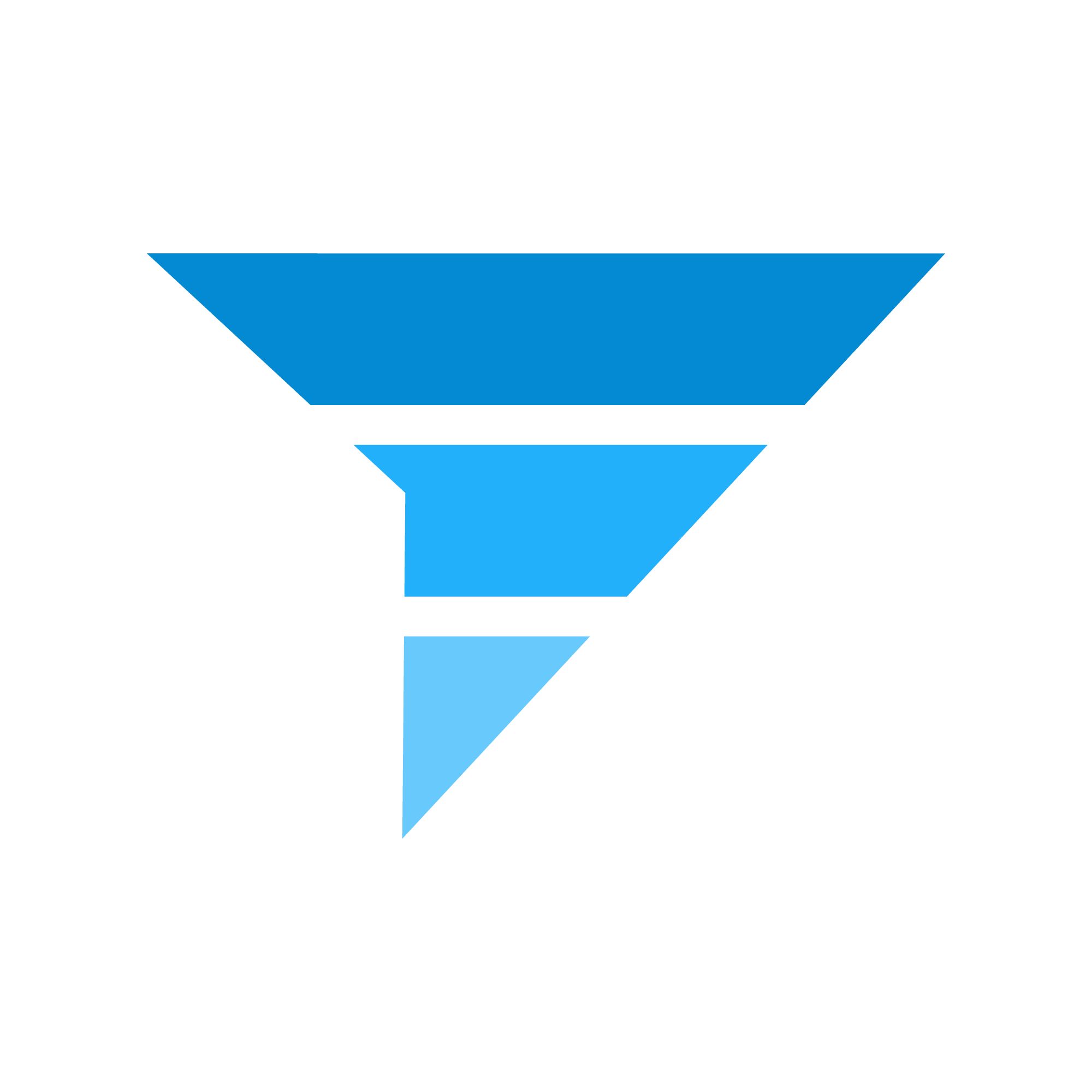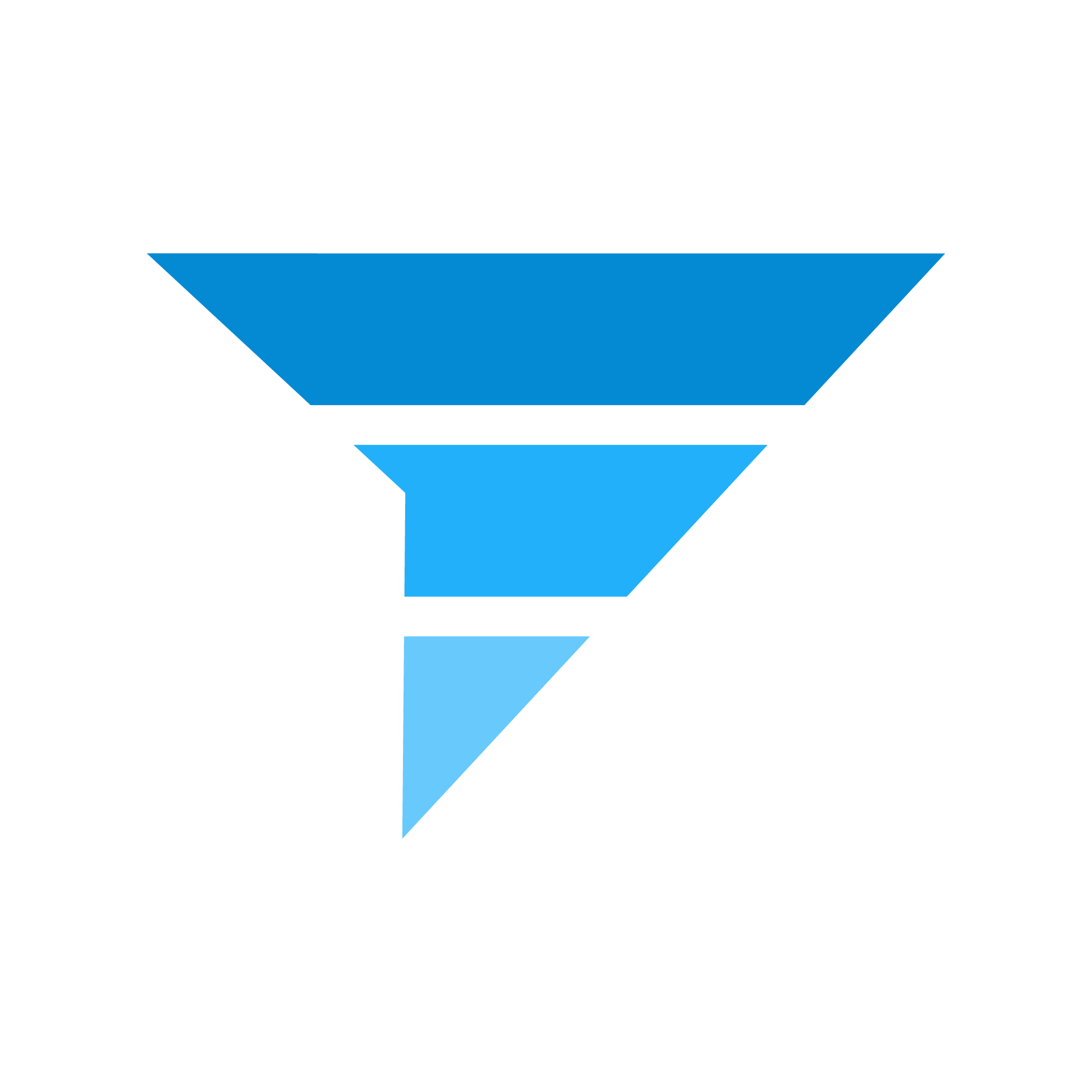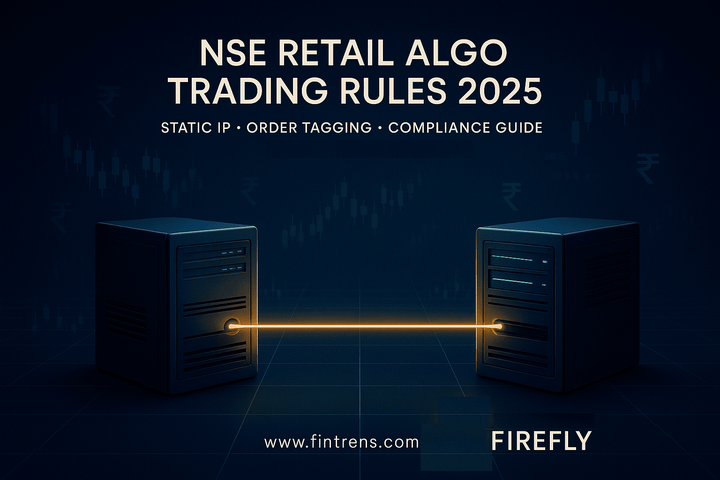Which Programming Languages and Tools Are Best for Algo Trading?

If you're new to algorithmic trading or even exploring ways to level up your automated strategies, one of the most common questions you’ll come across is:
“Which programming language should I use for algo trading?”
It’s a fair question—and the answer depends on your goals, preferences, and the kind of system you want to build. So, let’s unpack this in a simple and practical way.
🐍 Python: The Most Popular and Beginner-Friendly Choice
Without a doubt, Python is the most popular language for algo trading today—and for good reason.
- ✅ Easy to Learn: Python’s clean syntax makes it easy to read and write, even for those without a software background.
- 📚 Rich Libraries: You get access to powerful libraries like
Pandasfor data manipulation,NumPyfor numerical computing,TA-Libfor technical analysis, andBacktraderfor backtesting. - 🤖 Machine Learning Ready: If your strategy includes predictive analytics or reinforcement learning, Python integrates seamlessly with tools like
scikit-learn,TensorFlow, andPyTorch.
Python is especially great for individual traders, quants, and researchers who want to quickly prototype and test strategies without getting bogged down by complexity.
☕ Java: The Enterprise-Grade Powerhouse
While Python wins on ease and flexibility, Java shines in building scalable, secure, and robust systems for high-frequency and institutional trading.
At Firefly, our black-box algo trading platform, we use Java to implement the core framework.
Why?
- 🔐 Security & Stability: Java is trusted in the enterprise world for building secure applications—something crucial in financial systems.
- ⚙️ Scalability: Java handles multi-threading and memory management efficiently, making it suitable for real-time trade execution and data processing at scale.
- 📈 Compliance-Ready: Since Firefly is expected to be used by brokers and regulated entities, we aligned our architecture to meet SEBI’s regulatory expectations, which emphasise scalability and robustness.
- 🔌 Enterprise Integration: Java easily connects with APIs, databases, message queues (like Kafka), and other microservices that form a typical trading infrastructure.
💡 So… Which One Should You Choose?
The short answer is:
Use the language you’re comfortable with—just make sure it fits your goals.
- If you're just starting out, love tinkering with data, or want to explore AI in trading, go with Python.
- If you're building something large-scale, secure, and expected to serve regulated institutions, Java (or even C++) might be the better fit.
- And if you're already skilled in another language like C#, JavaScript, or R, you can explore the available libraries and see what works best for your setup.
🛠️ Bonus: Tools That Make Life Easier
Regardless of your language, here are some essential tools that can help:
- Backtesting Engines: Backtrader (Python), QuantConnect (C#), AlgoTrader (Java)
- Data Sources: Yahoo Finance, Alpha Vantage, Interactive Brokers API, Zerodha Kite Connect
- Execution Platforms: MetaTrader, Interactive Brokers, or broker APIs (like Zerodha, Angel One)
- Cloud & Infra: AWS, Docker, Kubernetes for scaling production-level systems
- Version Control: Git, GitHub for managing codebase
🔥 Firefly’s Take
Firefly is a SEBI-ready, black-box algo trading platform built using enterprise-grade tools. While many traders prefer Python for rapid strategy development, our decision to use Java reflects our focus on:
- Long-term stability
- Seamless broker integration
- Regulatory readiness
- High throughput performance
Learn more about Firefly: docs.firefly.fintrens.com
Check out our platform: www.fintrens.com
Join our community: WhatsApp Channel
Final Thought
There’s no single “best” language—it’s about choosing what aligns with your vision.
Start small. Stay consistent. Let your code do the trading while you focus on the strategy.




